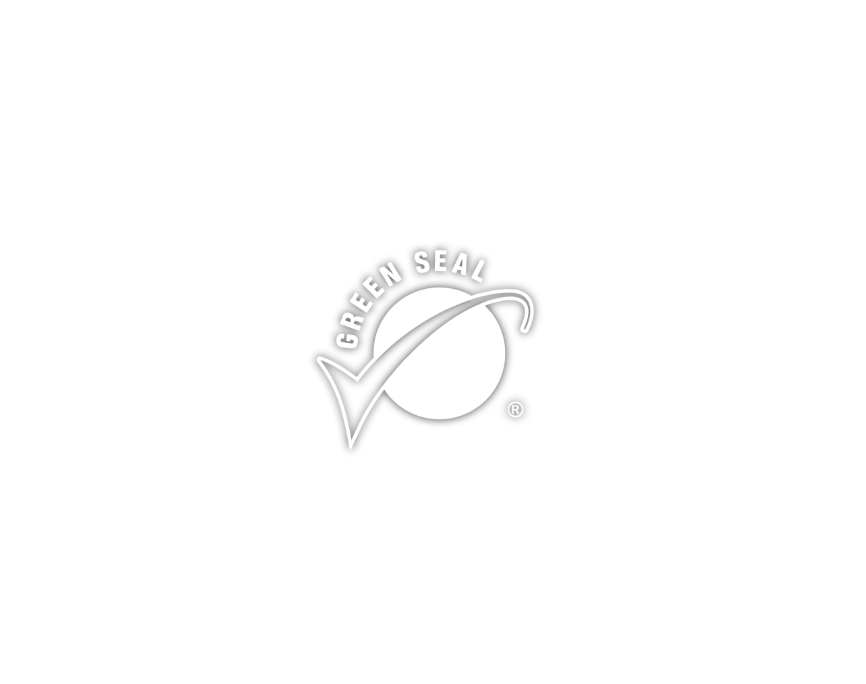Upcoming Revision: In 2020, Green Seal committed to a multi-year phased approach for restricting per- and polyfluoroalkyl substances (PFAS) in all certified products due to their adverse health and environmental impacts. We completed Phase I in 2022 by prohibiting PFAS in formulas for certified cleaning and personal care products. Now, in the second phase of this initiative, Green Seal is proposing criteria to prohibit PFAS in this standard. To learn more or receive project updates, visit our Standard P rojects page .
The Green Seal Standard for Floor-Care Products for Industrial and Institutional Use, GS-40, establishes environmental requirements for floor strippers and floor finishes.
The standard includes product performance requirements and environmental and health requirements such as reduced human and aquatic toxicity and reduced volatile organic compounds (VOCs). The standard can serve as a tool to help companies begin to take action to improve their products and is available for Green Seal certification.























